A collection of artifacts and souvenirs tells a forgotten story of summer at the Jersey Shore.
By Rick Geffken
Time has a funny way of erasing the past. Ask your average New Jerseyan to name the state’s most cherished seaside getaway from the past century, and the answer you’re likely to hear is Atlantic City…or possibly one of the resort towns along the Jersey Shore. Pose the same question to their great-grandparents and you might be perplexed by their response: Highland Beach.
Beginning at the end of the 1800s—and going right up through the Great Depression—a sunny summer day might find upwards of 15,000 people crowding onto Sandy Hook, hoping to beat the heat and enjoy the myriad amusements provided by entrepreneur William Sandlass. Sandlass created an utterly unique destination for families who couldn’t afford a fancy summer home or an Atlantic City vacation. Highland Beach developed into a combination day-trip playground and summertime bungalow community, complete with roller coasters, boating and swimming events, souvenir shops, grocery stores, nightclubs and restaurants. Kids made lifelong friends at Highland Beach. Countless romances blossomed there.
All that’s left today of this grand and wondrous place is a single, dilapidated house in the shadow of the new bridge that connects Highlands to The Hook. The building’s peeling exterior obscures what was once the central element of a grand resort—the realized vision of Sandlass, who stood on one of the state’s most desolate pieces of property and dreamed up a middle ground between the chaos of Coney Island and the opulence of Atlantic City. He built it and they came. By the millions. Highland Beach was New Jersey at its very best.
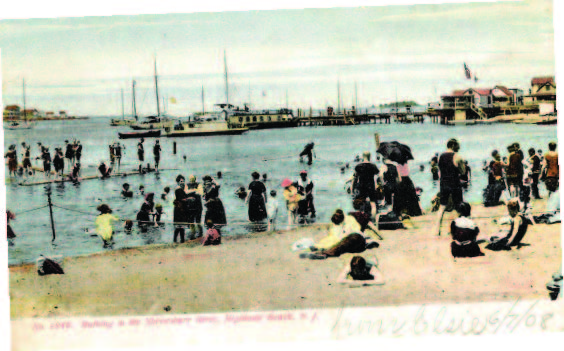
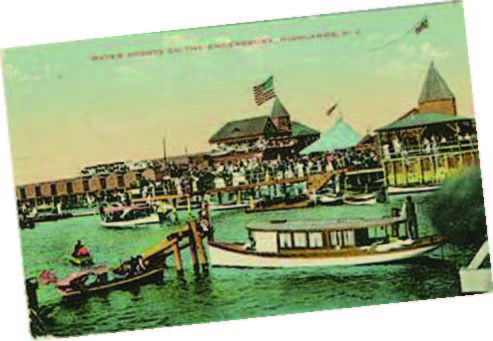
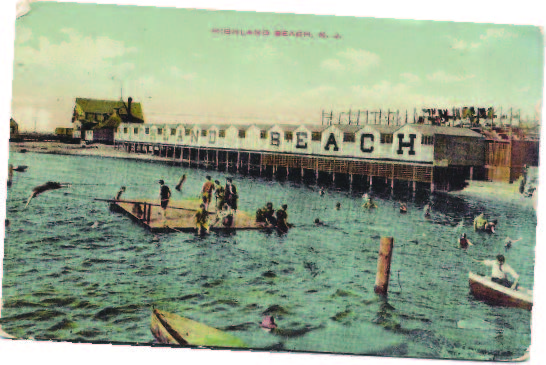


The Highland Beach Pavilion store (circa 1900) provided all the summertime necessities—
including Horton’s ice cream.
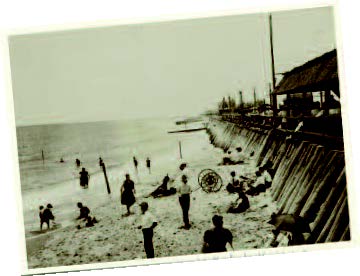
Diners lunch overlooking the ocean side of Highland Beach, while a few courageous souls brave the surf.

A walking bridge connected the Sandy Hook beaches with the upscale hotels in the Navesink Highlands in the 1870s. In 1892, the bridge was rebuilt to accommodate passenger trains taking visitors to Highland Beach.
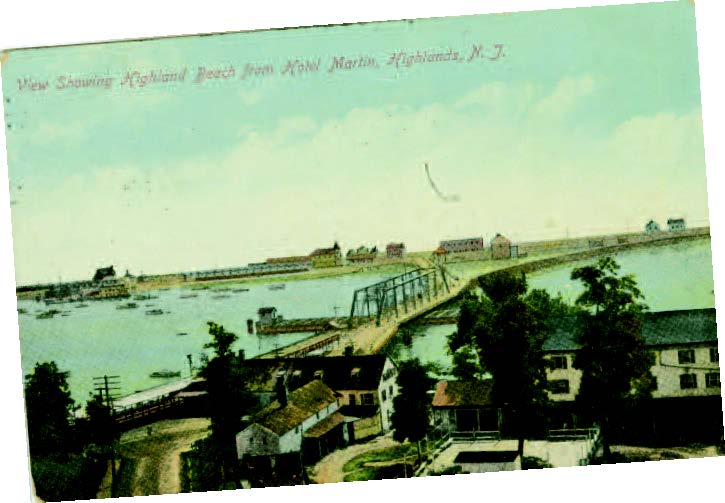

William Sandlass, Jr. and cronies at the Highland Beach Bathing Pavilion, c. 1920s.
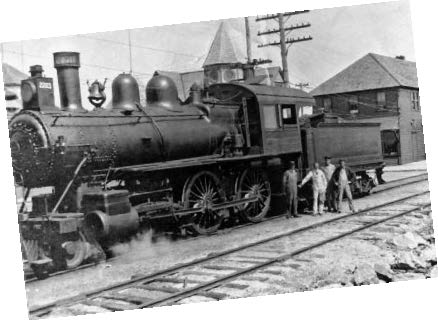


The resort as seen from the Atlantic Ocean in 1891, with the iconic Twin Lights lighthouse in the background.
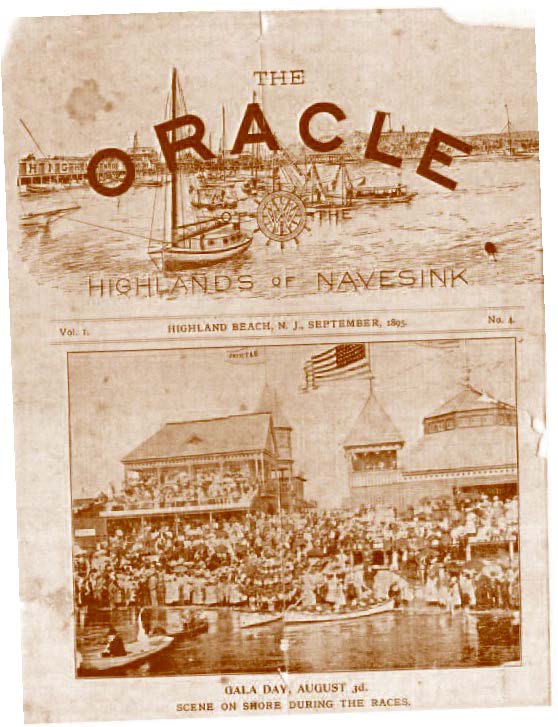

William Sandlass, Jr., pictured here around 1925, cut quite the dapper figure. The son of a German immigrant, Sandlass became something of a country squire due to the success of Highland Beach. He hunted at a Virginia estate he purchased during the last years of his life.
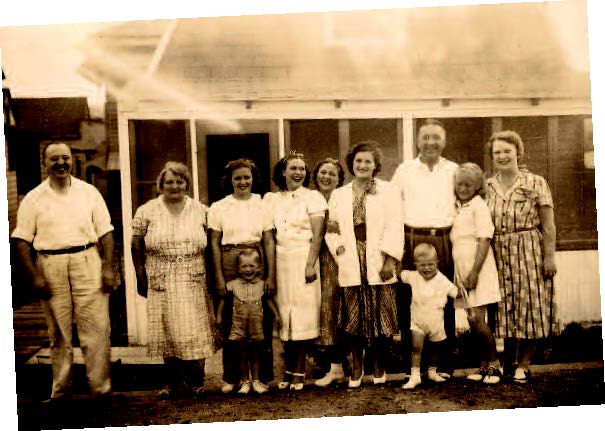
Highland Beach squeaked through the Depression and was still drawing vacationing families in the 1940s and 1950s. “Luau Night” at the Bamboo Room was a chance for summer bungalow residents to mix and mingle with local year-round residents.
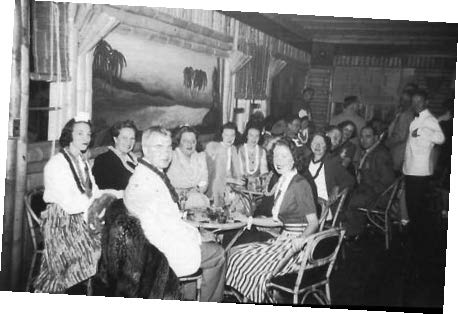
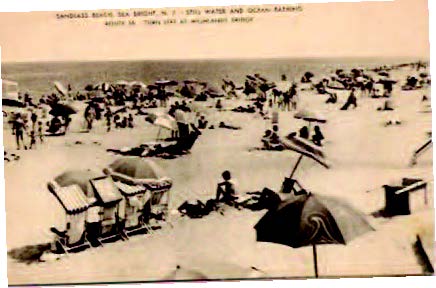
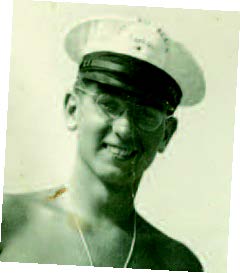
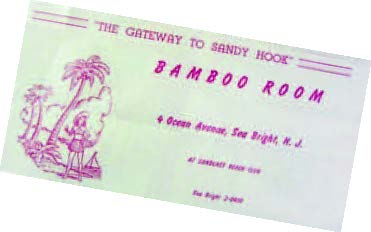
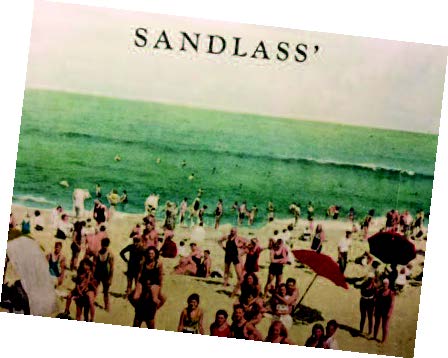
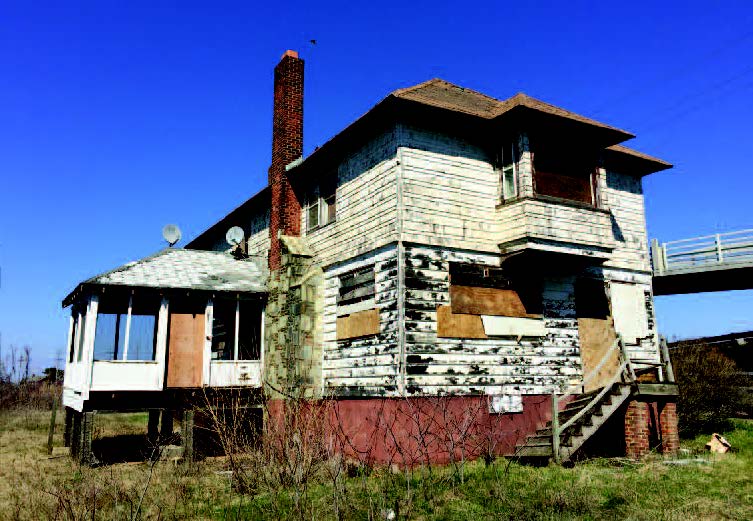
The Sandlass House was occupied until Super Storm Sandy overwhelmed Sandy Hook in 2012. An effort to preserve the only structure from the Highland Beach Excursion Resort as a Jersey Coast Heritage Museum was launched in 2016.

Editor’s Note: A documentary on Highland Beach will be screened at the 2017 Garden State Film Festival. It can be viewed at destinationspast.com. The images for this story were provided by the Sandlass family. The photo at right was taken by the author. For more information on efforts to preserve the Sandlass House, visit the Friends of Highlands Beach, NJ Facebook page.





